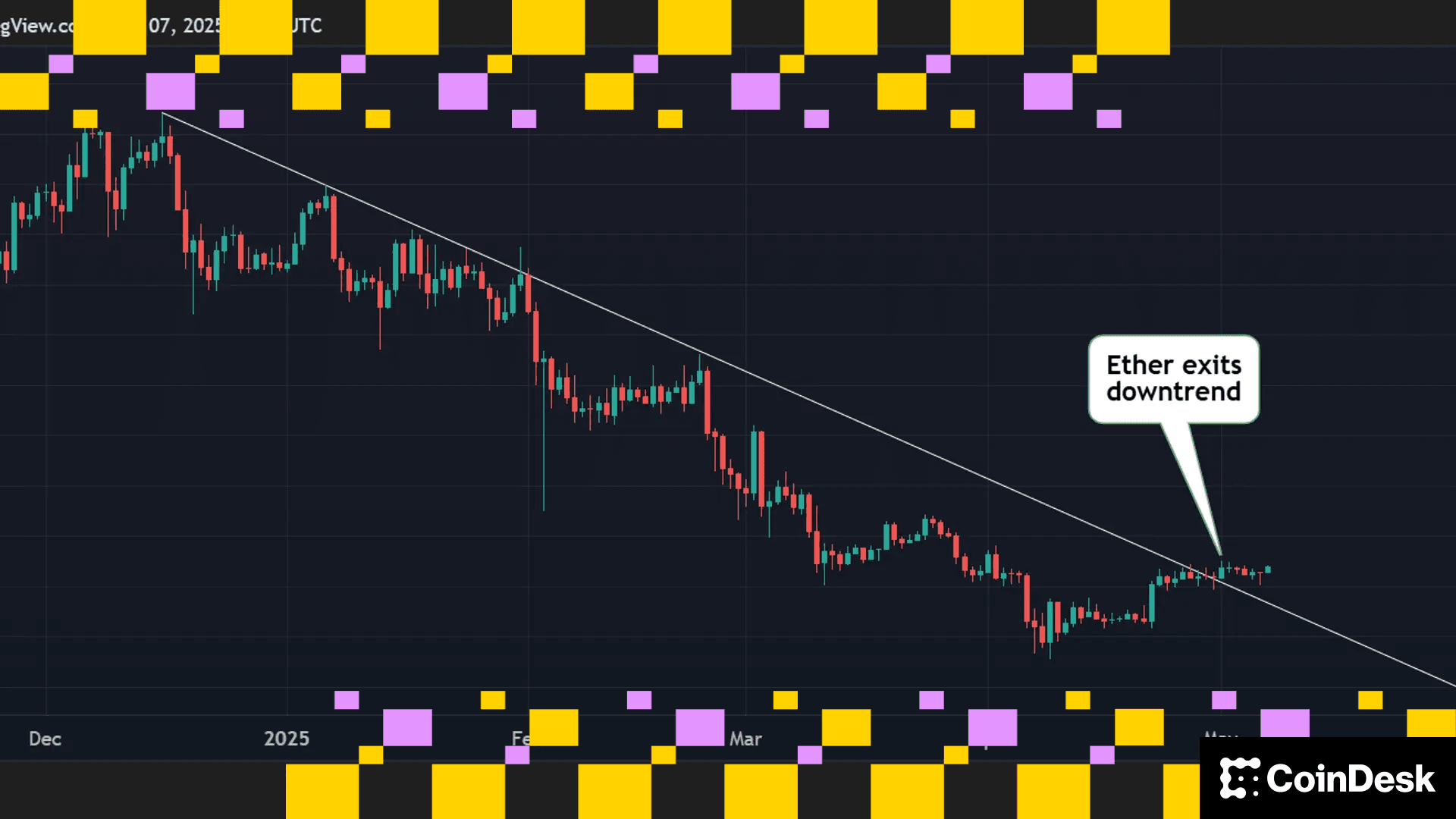Bitcoin Holds Just Below $31K After U.S. Inflation Improves More Than Forecast
Economists had forecast sizable year-over-year declines in both headline and core inflation for this report.
The U.S. inflation rate as measured by the Consumer Price Index (CPI) slipped to 3.0% on a year-over-year basis in June from 4.0% in May, according to the Bureau of Labor Statistics (BLS). Expectations were for a decline to 3.1%. The price of bitcoin (BTC) – which has been in a holding pattern between $30,000 and $31,000 for much of the past few days – rose modestly to $30,900 in the immediate aftermath of the report, but subsequently gave back that gain, returning to just under $30,800.
The core CPI, which strips out volatile food and energy costs, fell to 4.8% from 5.3% previously and against forecasts for 5.0%; the monthly core CPI was 0.2% in June versus 0.4% in May and forecasts for 0.3%.
Today's report shows headline inflation continuing to decline, with June's 3% down from a peak of 9.1% in 2022. Maybe more importantly to the policymakers at the Federal Reserve, the core rate of inflation finally began to budge – to 4.8% from 5.3% – after stubbornly remaining above 5% this year. That 4.8% year-over-year level was the slowest pace since October 2021.
Nevertheless, markets and the Fed (if recent speakers are to be believed) continue to anticipate another rate hike when the central bank's rate-setting Federal Open Market Committee (FOMC) meets later this month. The CME's FedWatch tool shows a 91.1% chance of the FOMC boosting rates at its July 25-26 meeting.
Though bitcoin is barely budging on the good inflation news, traditional markets are on the move, with the U.S. 10-year Treasury yield down 6 basis points to 3.91% and the 2-year yield off 14 basis points to 4.73%. The dollar index has slipped 0.5% and stock index futures are pointing to a nearly 1% gain at the open.
Más para ti
Exchange Review - March 2025

CoinDesk Data's monthly Exchange Review captures the key developments within the cryptocurrency exchange market. The report includes analyses that relate to exchange volumes, crypto derivatives trading, market segmentation by fees, fiat trading, and more.
Lo que debes saber:
Trading activity softened in March as market uncertainty grew amid escalating tariff tensions between the U.S. and global trading partners. Centralized exchanges recorded their lowest combined trading volume since October, declining 6.24% to $6.79tn. This marked the third consecutive monthly decline across both market segments, with spot trading volume falling 14.1% to $1.98tn and derivatives trading slipping 2.56% to $4.81tn.
- Trading Volumes Decline for Third Consecutive Month: Combined spot and derivatives trading volume on centralized exchanges fell by 6.24% to $6.79tn in March 2025, reaching the lowest level since October. Both spot and derivatives markets recorded their third consecutive monthly decline, falling 14.1% and 2.56% to $1.98tn and $4.81tn respectively.
- Institutional Crypto Trading Volume on CME Falls 23.5%: In March, total derivatives trading volume on the CME exchange fell by 23.5% to $175bn, the lowest monthly volume since October 2024. CME's market share among derivatives exchanges dropped from 4.63% to 3.64%, suggesting declining institutional interest amid current macroeconomic conditions.
- Bybit Spot Market Share Slides in March: Spot trading volume on Bybit fell by 52.1% to $81.1bn in March, coinciding with decreased trading activity following the hack of the exchange's cold wallets in February. Bybit's spot market share dropped from 7.35% to 4.10%, its lowest since July 2023.
More For You












